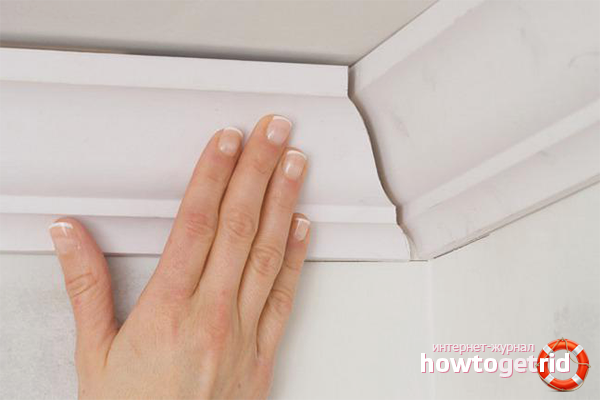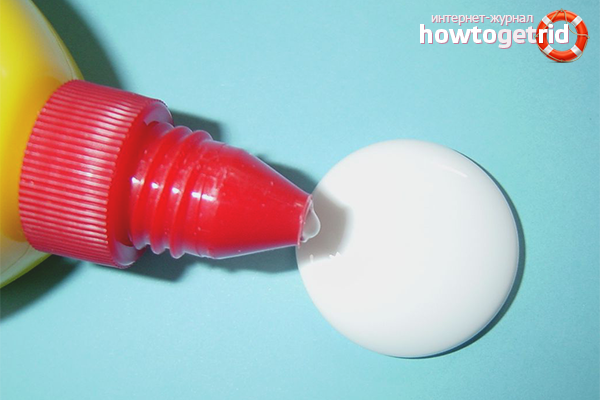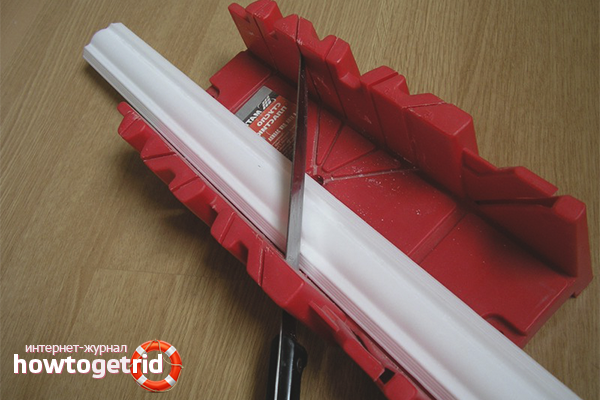The content of the article
The tradition of decorating the room with ceiling skirting boards appeared many centuries ago. At that time, special attention was paid to this design element. This was one of the main ways to stand out and show the level of your aristocratic development. Centuries later, they remain in demand, harmoniously blending into the modern interior.
The ceiling plinth is a simple finishing material, but in its installation there are nuances that not everyone knows about. The purpose of the article is to give all the necessary information so that you can independently cope with the task.
Preparatory work
After the repair is completed, with the help of additional decor elements, the room is given a completed look. For this, ceiling plinths are used or they are called fillets in another way. The selection of material should be taken seriously, if you are at a loss to make a choice, contact a store consultant.
Skirting Choice
In order to harmoniously combine the ceiling and beautiful walls, it is important to choose the appropriate baseboards. They are selected by color, topography and width. There are five types of ceiling fillets:
- Wooden baseboard. Emphasize the classic style of celebration and wealth. It has its own natural texture, organically fits into any interior. To work with a wooden baseboard, you need to have professional skills. It is not recommended to use this material in rooms with high humidity.
- Plaster skirting board. Durable material with a good margin of safety. Plaster skirting board is often found in old mansions, but is also used in modern rooms. Ready-made options or special silicone molds for self-casting are available for sale.
- Polyurethane baseboard. Very flexible material, resistant to wear and temperature extremes. It is used in those areas where there are bends of various shapes, for example, in rooms with columns. Polyurethane skirting board goes well with suspended and stretch ceilings.
- PVC baseboard. This is a plastic profile, characterized by ease of installation. Attached to it are internal and external corners, as well as connecting strips. It is used in any rooms with plastic trim.
- Foam baseboard. The most common material used as an additional decorative element. It has little flexibility, this allows you to use it on uneven areas. The foam baseboard is held on any surface such as: wallpaper, plaster, wood or plastic.
Width selection
All types of ceiling skirting boards have different widths. The choice depends on the height of the ceiling.
- 35 mm - for low ceilings;
- 40, 50 mm - suitable for a ceiling of medium height from 2.5 to 3 m;
- 60, 70 mm - for high rooms from 3 and more meters.
When purchasing material for work, the required number of fillets is calculated. To do this, measure the perimeter of the room in which the final stage of work will be carried out.
Glue selection
A good glue should not only firmly fix the bar, but also dry quickly. The amount of time spent on installing the skirting board depends on its quality. With a good adhesive composition, work is performed without significant delays. On sale there are three types of adhesive compositions:
- Polymer glue quickly and reliably fixes most types of fillets. It is especially often used for gluing wooden, plastic and foam baseboards.
- Liquid nails hold wooden, plaster, foam and flexible fillets firmly. They come in two types: acrylic and neopropylene.
- Glue putty is prepared independently.Putty, PVA and water are mixed in certain proportions. A similar adhesive composition holds gypsum cornices well. It is also used to grout cracks.
Necessary tools
- construction tape - will help the master to get all the necessary sizes;
- pencil - will be used for marking;
- miter box - the tool will help to make corners correctly;
- saw or sharp knife - for even cutting of ceiling skirting boards;
- rubber or metal putty knife - will help to remove the remains of glue and putty.
How to glue the ceiling plinth
All work on the installation of fillets is carried out in two stages. First of all, they create corners, applying them to the wall and carefully measuring. At the second stage, they begin to glue the made corners and straight sections of the ceiling plinth.
Stage 1: creating corners
Correctly made corner will decorate the interior of the apartment. If the walls have uneven areas, a fillet will help make them less visible. The most difficult step in gluing skirting boards is the creation of corner joints. There are two ways to solve this problem: with the help of a miter box and without it.
Using a miter box. A miter box is a template made of plastic, metal or wood. It may have a diverse appearance or differ in its design. The main purpose of the miter box is to help cut parts at the right angle. For home use, a simple option is suitable, which is a tray with holes - side grooves. These cuts are necessary for the penetration of the hacksaw blade. Using a simple miter box, angles of 45 and 90 degrees are made.
There are patterns that have a more complex design. They help to make angles at horizontal and vertical tilt. The moving parts of the rotary miter allow you to cut the angle with any degree. This tool is convenient to use if it is necessary to glue several rooms in a short period of time.
Standard apartments have angles of 90 degrees. To correctly trim the skirting board at such an angle, put the fillet in the miter box and cut it with a hacksaw through a 45-degree groove. Then insert the second baseboard and dock with the first. Cut the same angle, changing the direction of the groove to the opposite. To make sure the corners are cut correctly, attach the baseboard to the wall.
In order not to spoil the material, start making corners on trial pieces. Be sure to consider that the angles are external and internal, so the cropping methods are different in design. The grooves on the walls of the miter box will show the direction in which the hacksaw blade should be inserted. The fillet bar is always located, just like on the wall.
Without the help of a miter box. This tool is not available to everyone, but the work still needs to be done. Some craftsmen themselves make unpretentious devices from improvised materials. But there are ways to do without a miter box.
Surely you have extra pieces from the ceiling plinth left over from the last repair. Such cuts are suitable to make an outer or inner corner. In order not to make a mistake, carefully try on the wall where the fillets will be glued.
Experienced craftsmen, confident in their eye, quickly make the correct marking on the skirting boards and cut corners. For beginners, it is better to first apply blanks for fitting. Having examined all the subtleties of creating the corners of the ceiling plinth, you can proceed to the sticker.
Stage 2: installation of corners and straight sections
- Installation begins with corner fillets. On each baseboard, two parallel strips of adhesive are applied. Then they wait 2-3 minutes for the glue to thicken a little. In this state, he grasps faster.
- Attach the corner pieces to the wall and hold it with your hand so that they strengthen. After the baseboard has fixed, take a cloth and wipe off any excess squeezed glue.After completing the installation of one corner, proceed with the installation of the next.
- Having joined the corner plinths, it remains to glue the straight segments. Try to join them together so that the lines of the patterns coincide. The skirting board must be freely attached to the wall. It is not recommended to press on it by force.
- The walls, as well as the ceilings, are not always perfectly plastered and aligned; the baseboard has an amazing ability to fit the contour of the surface onto which it is glued. It is always possible to correct uneven areas with a spatula and mortar.
The ceiling plinth is perfect for any room, fits perfectly into a modern interior. Fillets are easy to glue and well mask uneven areas at the junction of walls and ceiling. This is a simple job that you can do yourself. Apply the advice given in this article, practice and you will succeed!
Video: how to glue the ceiling plinth












Submit